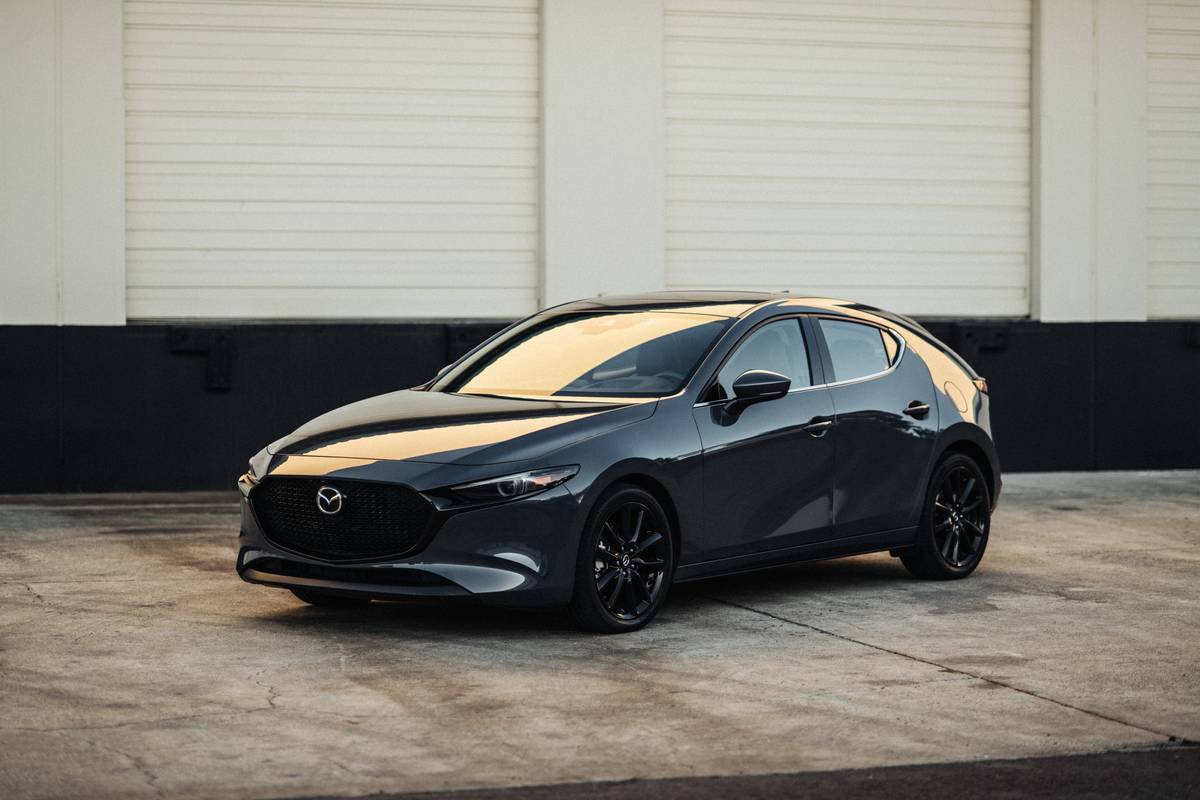Orlando Sentinel's view
For a company that built its foundation on small cars, Saturn hasn’t done a particularly good job of servicing that market lately.
The Ion, introduced in 2003, peaked early with consumers, leaving General Motors looking for a replacement. They looked to Europe, where small cars are a way of life and are, consequently, a higher priority for manufacturers. One of the highest priorities for Opel, GM’s overseas subsidiary, was the development of the Astra, a neat little two- and four-door hatchback.
Commendably, GM resisted the urge to “Americanize” the Astra to bring it to the United States. So the 2008 Saturn Astra we get here is very similar to the Opel version. That’s good, especially the very handsome styling. But, in a couple of details, not so good.
The good part is in the basic, very solid design of the chassis and body. The test Astra was the two-door hatchback — or “three door,” as it’s called in the industry, but I’ve never been comfortable calling the rear lift-up hatch a “door.” The two-door comes only in uplevel XR trim, while the four-door is offered in base XE and uplevel XR trim.
All Astras get the same engine, a 1.8-liter, 140-horsepower four-cylinder that is reasonably powerful, but is rougher around the edges than the best engines in this segment. A five-speed manual transmission is standard, and a four-speed automatic is an option. The test car had the automatic, and for an extra $1,325, it’s a lot of money to spend on a not-great transmission. Downshifts seem awkward, and when you transition from a foot-on-the-brake full stop to accelerating, there’s an odd little stumble.
Inside, the front bucket seats are supportive and comfortable. Instruments and controls take a little getting used to: There’s an odd amber screen in the center of the instrument panel that looks as though it’s for a navigation system, but is really just a readout for the stereo and a simple trip computer. There are nice touches such as dual lighted vanity mirrors on the sun visors, but there’s only one cup holder for front-seat passengers, and it’s way to the rear of the center console.
The test car had a premium sound system ($595) and leather upholstery ($745, and includes heated front seats) that made it feel less like an economy car.
The front seats slide forward easily to allow access to the rear seat, and, unless the front-seat passengers are long-legged, there’s a fair amount of room in the rear for two adults. Anyone over 6 feet, though, will be slightly limited in headroom, considerably limited in legroom.
On the road, the Astra XR, with its great-looking 10-spoke alloy wheels, wide 17-inch tires and wheels, handles very well, and the ride is above average for a small car. Standard with the XR are stability control and traction control. All Astras get side and side-curtain air bags.
Fuel mileage isn’t bad at 24 miles per gallon city, 30 mpg highway. Base price on the XR was $17,875, and as tested, $21,160, a little pricey for what you get when compared to the tough competition from cars like the Honda Civic, new-for-2009 Toyota Corolla and always capable Mazda 3. The Astra, though certainly European in design and flavor, has had its passport stamped multiple times: It was built in Belgium, has an engine from Hungary, a transmission from Japan and Hankook tires from Korea. The result, though, is a moderately happy marriage that still leaves some room for refinement.
Sentinel Automotive Editor Steven Cole Smithcan be reached at scsmith@orlandosentinel.com.
Latest news



